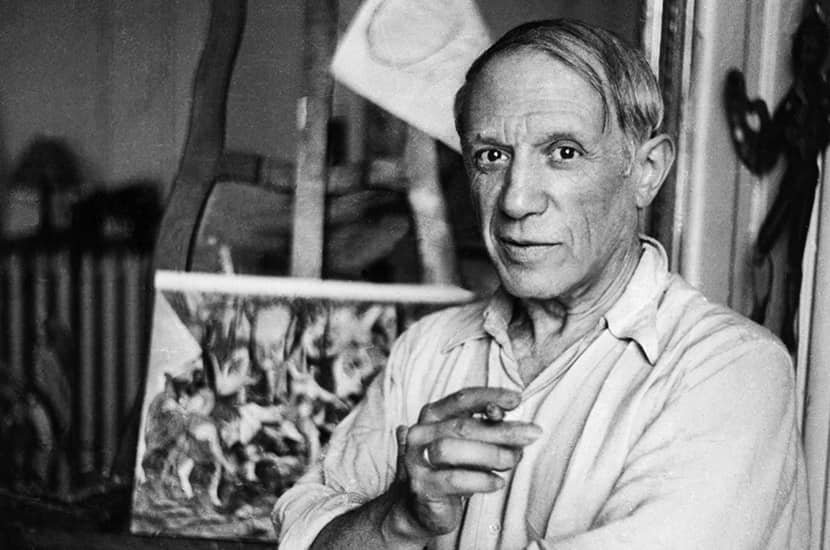The decade 1933-43 was one of busy erotic multi-tasking by the deft and diminutive Pablo Picasso. It took him the best part of ten years to effect a separation from the reluctant Olga Khokhlova, his ex-ballerina wife, retired injured from the Diaghilev Ballets Russes. Legal proceedings were triggered by her discovery of Picasso’s affair with Marie-Thérèse Walter (aged 17 when Picasso picked her up in 1927 outside the Galeries Lafayette). On 5 October 1935, Marie-Thérèse gave birth to Picasso’s daughter, Maria de la Concepción, later known as Maya. By then Picasso was fornicating on many fronts: with Alice Paalen, the wife of an Austrian painter, and the 49-year-old Valentine Hugo, an ex of André Breton. Picasso disencumbered himself of both relationships when he took up with Dora Maar (Henriette Théodora Markovitch), the half-Croatian, half-French surrealist photographer.
But he persisted with Marie-Thérèse contentedly and comfortably, setting up her and her sister and mother in the Villa Gerbier de Jonc in Royan, where he spent homely weekend rustications – escaping Dora’s jealous hysteria and subsequent self-reproach. His continued relations with Marie-Thérèse destroyed Dora’s amour propre but piqued her sexual masochism. (Her masochism seems to have been refined and educated by Georges Bataille in a previous relationship lasting five months.) There was, too, the odd bonk with Nusch Éluard, the wife of the poet and Picasso satellite Paul Éluard, who was himself broadcasting his seed in several furrows. At the end of Volume IV of John Richardson’s biography, subtitled ‘The Minotaur Years’, Dora Maar is dumped after seven years – quite a long time – and takes her moodiness and tantrums for analysis with Jacques Lacan, later to be a famous theoretician of unmatched obscurity. Picasso then turned his attention to the 23-year-old Françoise Gilot, by whom he fathered two children, Paloma and Claude.







Comments
Join the debate for just £1 a month
Be part of the conversation with other Spectator readers by getting your first three months for £3.
UNLOCK ACCESS Just £1 a monthAlready a subscriber? Log in